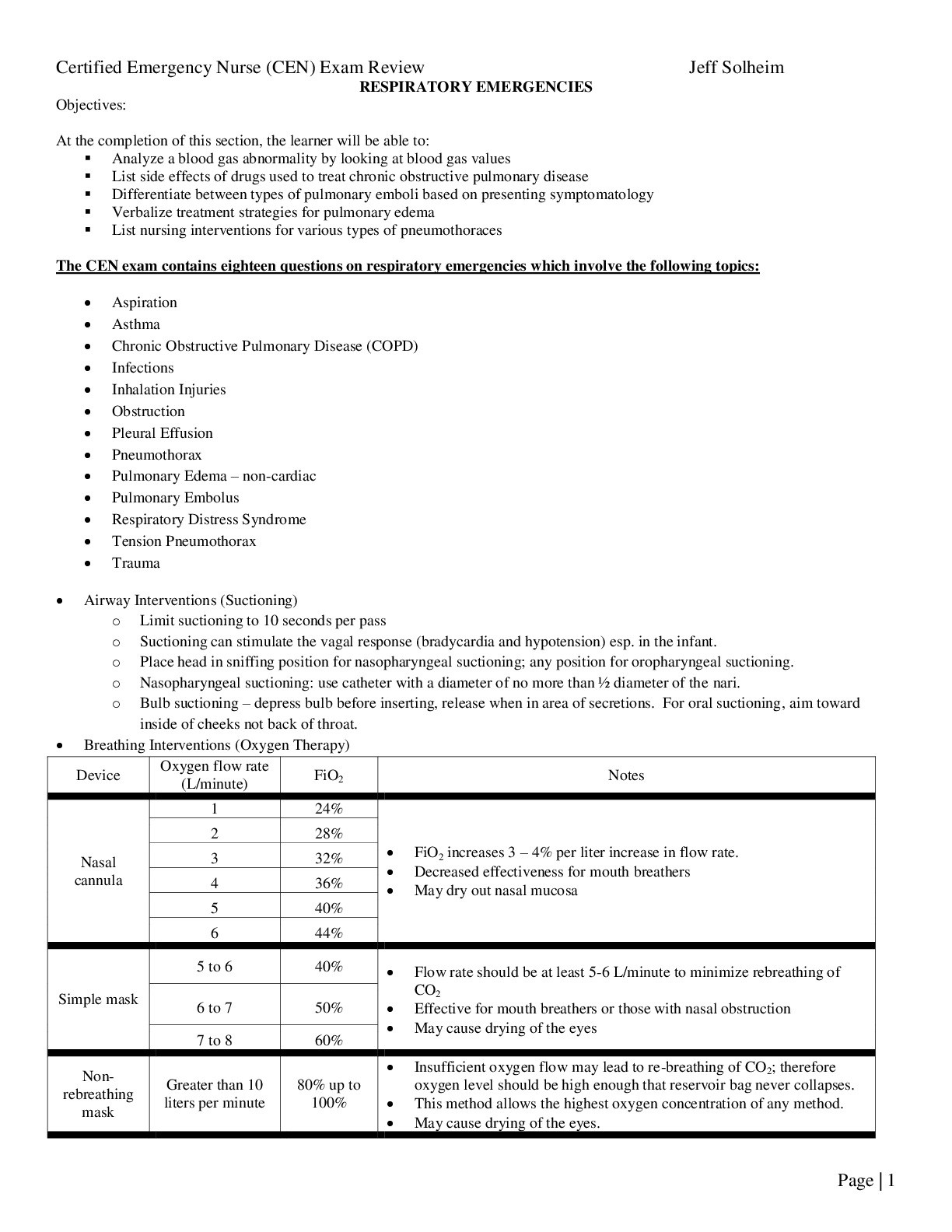All study resources > Certified Emergency Nurse (CEN) Exam Review (Nursing)
Certified Emergency Nurse (CEN) Exam Review
Preview 1 out of 10 pages
Purchase now to view full document
Document details
Subject:
Nursing
Category:
Case Study
Number of pages:
10
Language:
English
Last Update:
3 years ago
